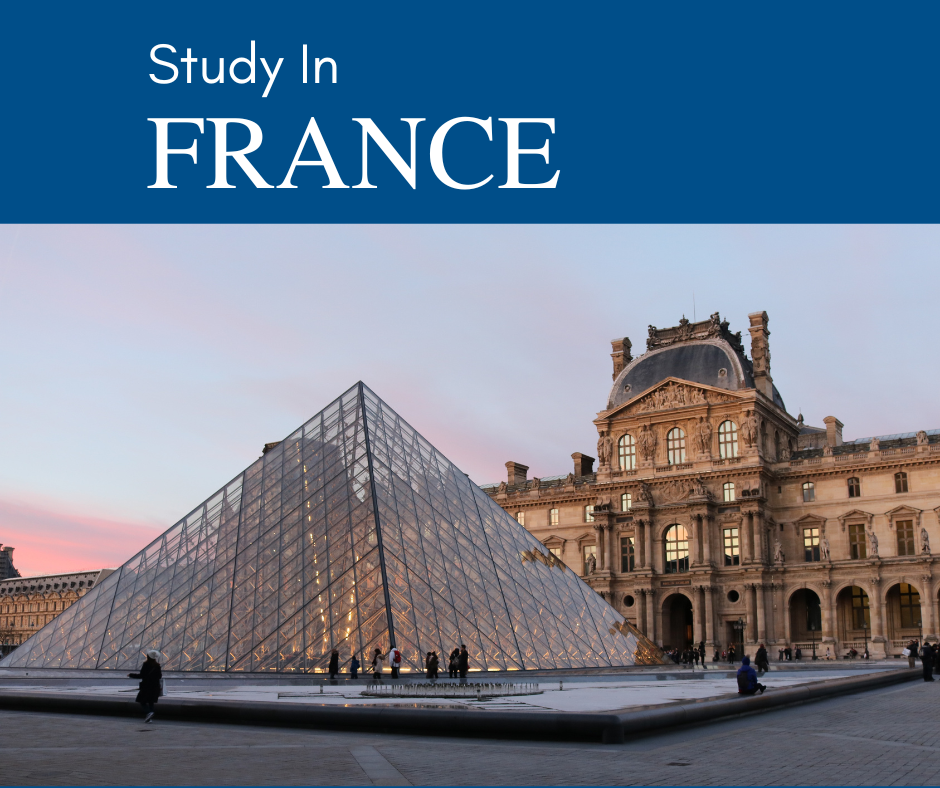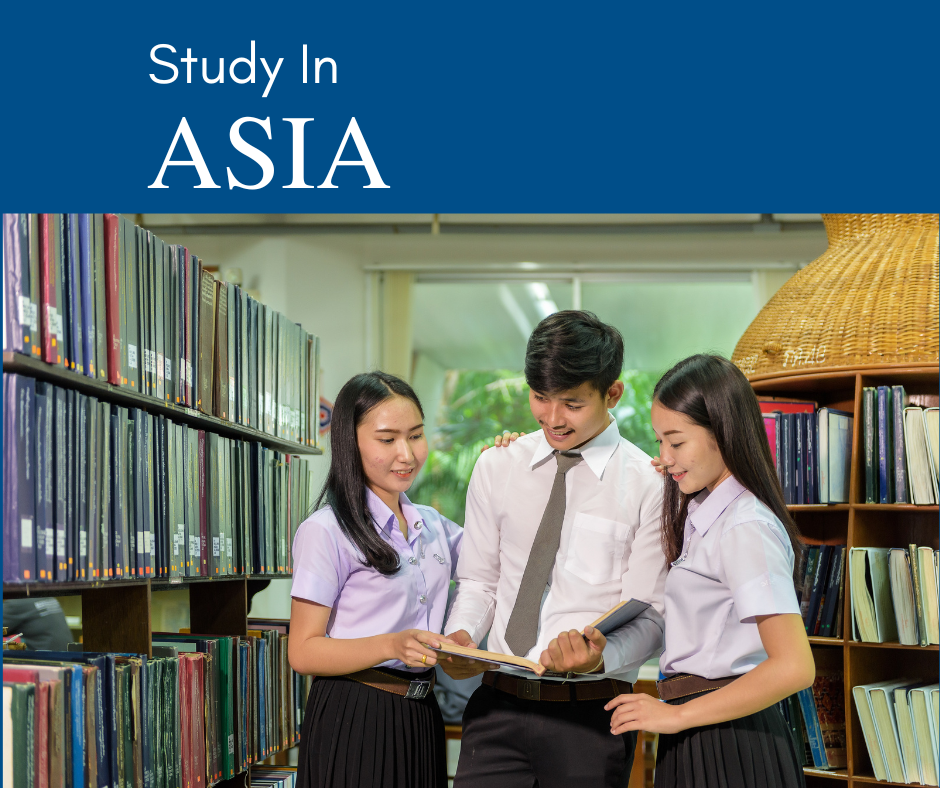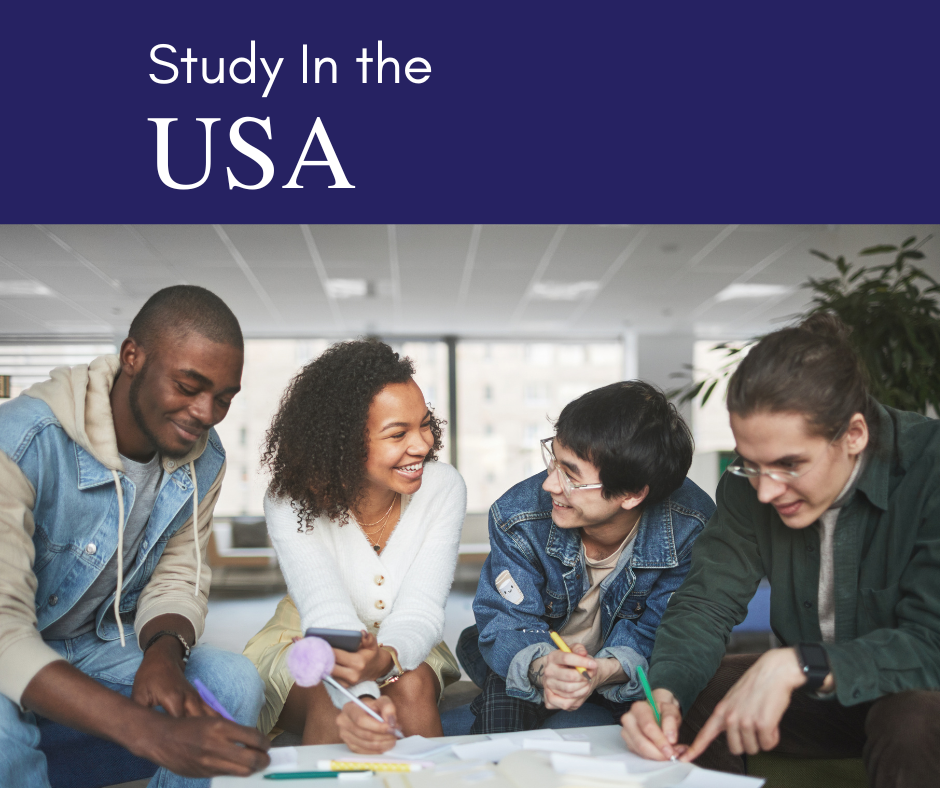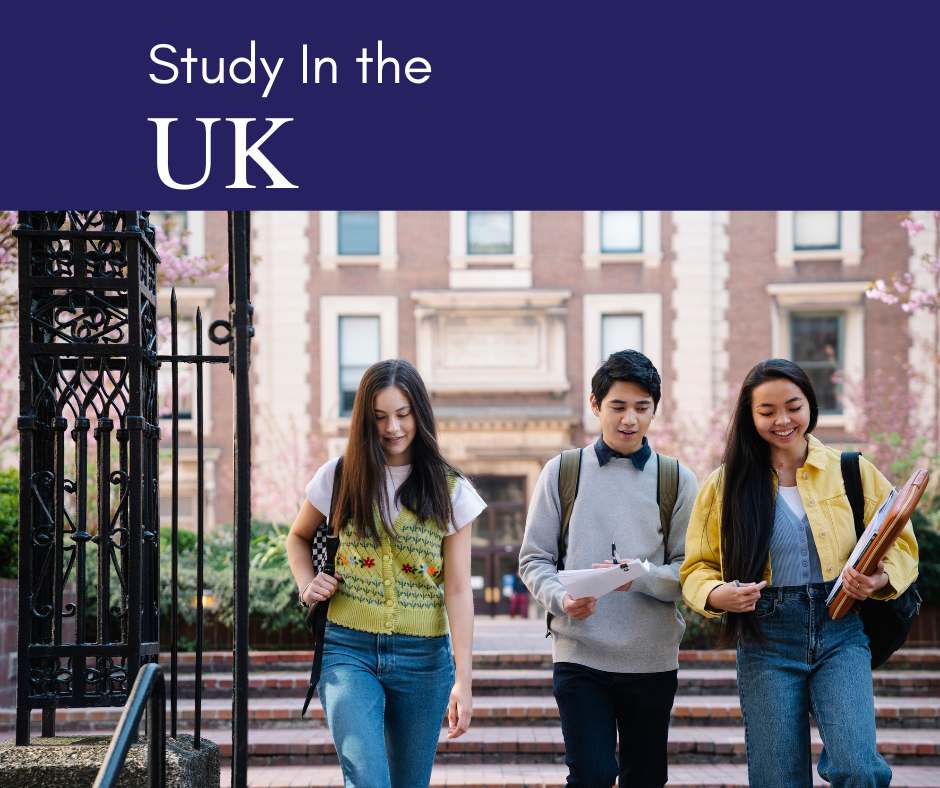
Eroding U.S. Universities’ Teaching and Research Capacity: The $100,000 H-1B Fee
Share
More than a visa issue: a university survival issue
The Trump administration’s new policy of imposing a $100,000 surcharge on H-1B petitions filed abroad is being debated largely as an immigration or tech-sector issue. But the deeper, more damaging consequence may fall on universities themselves.
American higher education depends heavily on international faculty, postdocs, and researchers. In 2024, the “education” sector accounted for over 24,000 H-1B approvals, covering everything from assistant professors to lab researchers. If each of those positions now carries a six-figure visa tax, universities will be forced to make impossible trade-offs: cut faculty hiring, shrink labs, or pass costs back into tuition.
Why universities are uniquely exposed
Unlike tech giants, universities operate on thin margins. Public institutions rely on state funding and federal grants; private universities are constrained by tuition revenues and philanthropy. Unlike Google or Amazon, they cannot absorb $100,000 per new hire without making cuts elsewhere.
Exposure by employer type:
| Employer Type | H-1B Use | Ability to Absorb $100K Fee | Impact |
|---|---|---|---|
| Big Tech Firms | 200,000+ H-1Bs annually | High | Minimal disruption; pass costs to operations |
| Universities & Research Labs | ~24,000 H-1Bs annually | Low | Severe: hiring freezes, reduced research output |
| Hospitals (teaching + rural) | 10,000+ H-1Bs annually | Low | Worsening doctor shortages, especially in underserved regions |
The ripple effect: student success at risk
When universities cannot afford to recruit international faculty and postdocs, the consequences extend directly to students:
Teaching quality declines
-
- MBA and STEM programs often rely on global faculty with industry experience.
- Losing these voices weakens curriculum diversity and employability outcomes.
Research pipeline disrupted
-
- Postdoctoral researchers (the majority of whom are international) are the engine of U.S. labs.
- Cuts here weaken grant competitiveness and reduce opportunities for graduate students.
Fewer mentors for international students
-
- Many students rely on faculty mentors who share linguistic or cultural backgrounds.
- If these faculty members disappear, international student retention and success may decline.
Indirect budget stress
-
- We have already seen this in the UK: declining research funding and staff reductions led to reduced student services and higher dropout risks.
- U.S. universities could face the same downward spiral—higher tuition, weaker outcomes, falling rankings—if faculty capacity shrinks.
A cautionary parallel: the UK’s budget crisis
In the UK, years of frozen domestic tuition fees and reliance on international enrollments forced many universities into deficits. Staff layoffs and hiring freezes followed, with teaching loads increased and student satisfaction scores dropping.
If U.S. institutions must suddenly absorb six-figure costs for every international faculty hire, the same cycle begins:
- Budget holes appear in research-heavy departments.
- Cuts to student services follow.
- Student success outcomes (graduation, employment, satisfaction) decline.
Long-term risks for the U.S.
-
Erosion of global competitiveness
The U.S. has long been the world’s top destination for higher education. If faculty excellence declines, Canada, Germany, and Australia stand ready to fill the gap. -
Innovation slowdown
Reduced research output means fewer patents, publications, and spin-offs—areas where U.S. universities have historically led. -
Student enrollment impact
International students, who already pay premium tuition, will question the ROI of studying at universities that cannot attract world-class faculty.
Conclusion: a policy that undermines U.S. higher ed
The $100,000 H-1B fee is more than an immigration surcharge. It is a direct attack on the ability of U.S. universities to hire, teach, and research at world-class levels. The resulting faculty shortages will not only erode institutional budgets but also jeopardise student success outcomes—from teaching quality to employability.
If the U.S. chooses to tax universities out of the global talent market, it risks repeating the mistakes of the UK: sacrificing academic excellence for short-term politics. And once global talent and international students move elsewhere, winning them back may prove impossible.










